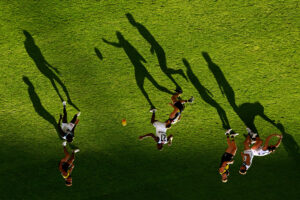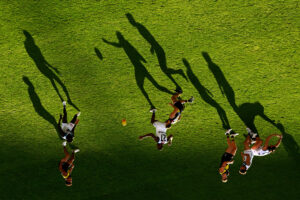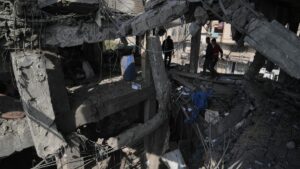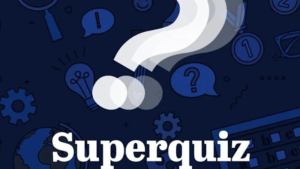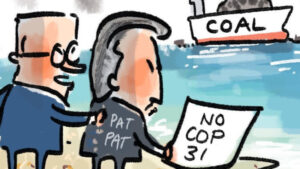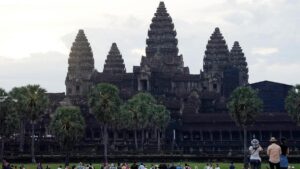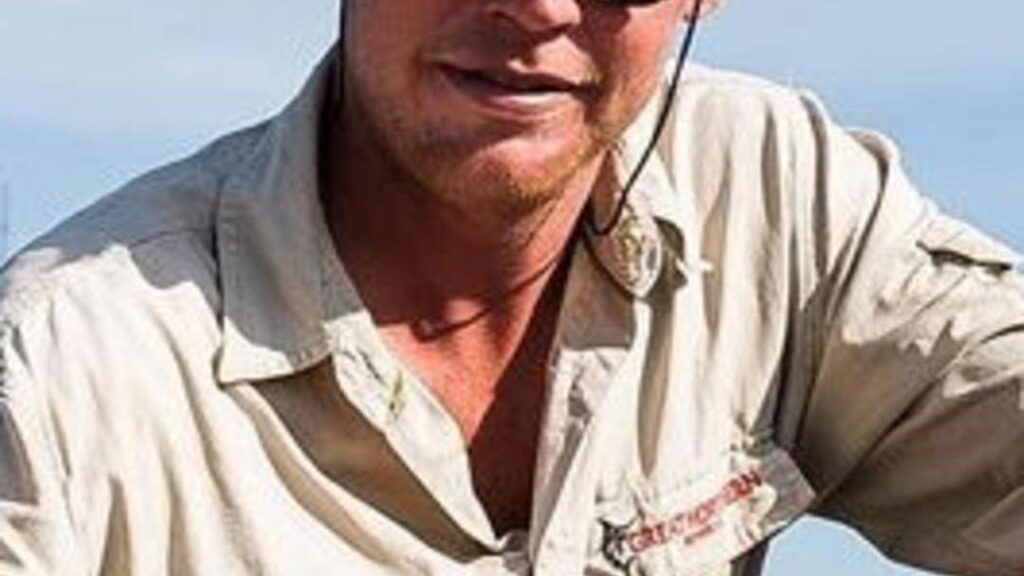
A paraplegic survivor of a helicopter crash has claimed that the last photograph of Outback Wrangler star, Chris ‘Willow’ Wilson, indicated they had sufficient fuel to return safely. During a trial concerning the incident, Sebastian Robinson testified that the image showed the helicopter’s fuel gauge between three-quarters and full. This statement came as part of the ongoing conspiracy trial involving reality television personality Matt Wright, who has pleaded not guilty to three counts of attempting to pervert the course of justice.
On February 28, 2022, the Robinson R-44 helicopter, which was on a crocodile egg collecting mission, crashed in a remote swamp in Arnhem Land, NT. Mr. Wilson was killed instantly, while Mr. Robinson sustained critical injuries. As the sole survivor, he recounted his last memory from that day was enjoying a laugh with Mr. Wilson before the tragic incident unfolded.
The jury was presented with the photograph of Mr. Wilson piloting the helicopter, which Mr. Robinson claimed indicated they could have made the return trip from Noonamah to King River. Despite the apparent fuel levels, the helicopter did not return, leading to a devastating crash that left Mr. Robinson in critical condition.
In his testimony, Mr. Robinson described waking up in a hospital bed in Brisbane and being informed of his friend’s death and his own severe injuries. His spinal cord was completely severed, he broke 12 ribs, and suffered multiple fractures. The emotional toll was evident as he shared the challenges he now faces, including long-term memory issues from a traumatic brain injury.
Mr. Robinson expressed concerns that he might be blamed for the crash and lose his pilot’s license. He admitted to initially lying to investigators about the helicopter’s Hobbs meter being connected. “It was pure panic. I was scared… of the potential repercussions,” he stated. Over the course of the trial, it was revealed that Mr. Robinson had trace levels of cocaine in his system after the crash. His fellow pilot, Jock Purcell, characterized Mr. Robinson as a “party animal,” emphasizing that all involved in the mission enjoyed socializing and drinking.
While Mr. Robinson stated that he used cocaine occasionally—up to ten times over the course of a year—he denied being a “raging cocaine junkie” and insisted he had never flown under the influence of drugs or alcohol. Mr. Wright’s defense counsel, David Edwardson, claimed that the reality star maintained a “zero tolerance” approach to drugs.
The court was informed that Mr. Robinson feared discrepancies in his own flight logs would come to light. Two days after the crash, Mr. Purcell collected Mr. Robinson’s logbook from his home. During his testimony, Mr. Robinson acknowledged his own record-keeping practices were not always consistent, a situation he claimed was common within the helicopter industry in the Northern Territory.
After nearly a decade of experience, Mr. Robinson alleged that he had worked for other companies with similar issues regarding flight hours. He admitted to bending the rules while employed at Mr. Wright’s company, Helibrook. He claimed that it was common practice to disconnect the Hobbs meter and not accurately record flight times, which allowed Mr. Wright to avoid costly maintenance requirements.
“Mr. Wright would say, ‘pop the clock for this trip,’” Mr. Robinson alleged in court. As the head of Helicopter Aircraft Airworthiness Maintenance Control at the time of the crash, he described Mr. Wright as controlling all aspects of aircraft maintenance and scheduling.
Mr. Robinson portrayed Mr. Wright as a figure who inspired loyalty among his employees, stating that “everyone looked up to him.” He described the culture at Helibrook as one where employees were eager to please their boss, saying, “He had an aura about him. Everyone wanted to be around him, work for him.”
The trial continues, with Mr. Robinson expected to provide further testimony as the case unfolds.


